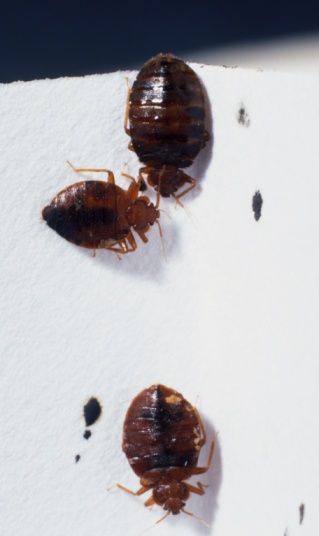Bed bugs are an insect pest that can infest a home and aggravate its occupants. Worse, they can be difficult to eliminate, as they are prolific breeders, laying hundreds of eggs during their lifetime. When they reach maturity, bedbugs live on a diet of blood, sucking it from their sleeping victims.
Bedbugs can take over a house, where they seek shelter in carpets, upholstered furniture, clothing, toys, luggage, box springs, mattresses, bed frames, headboards, and other household objects. Contrary to popular belief, the presence of bedbugs does not indicate untidy conditions: bedbugs just seem to tolerate the chemical insecticides used on other insect pests. Further, many people are hesitant to use chemical insecticides on their household possessions and belongings. Fortunately, there is a new weapon many are using against bedbugs: heat.
Why Heat
The reason why heat is effective in eliminating bedbugs is because these pests cannot tolerate high temperatures. Temperatures above 120 degrees will kill bedbugs and their eggs. Heat can penetrate all parts of the home, including crevices where bed bugs may take refuge, and unlike chemicals, heat leaves no toxic residue. Using heat treatment entails heating the home to a temperature of at least 113 degrees Fahrenheit for a period of two to three hours, through the use of various techniques.
Household Items
When using heat to treat a home for bedbugs, every part of the home needs to be warmed. The use of cloth dryer works well for treating household items such a cloths, bedding, shoes, toys, and other items. Portable heaters can be used on household items as well and are particularly useful for items that cannot be placed in a cloth dryer.
Another technique is to put household items in a heat chamber. A heat chamber is made of polystyrene foam and is big enough to hold most household items.
Steam cleaning is another method used in pest control that can be useful in killing bedbugs. The steam cleaner is used on mattresses, box springs, carpets, along baseboards, and upholstered furniture. The cleaning process requires a specific protocol, and should only be carried out by a trained professional. As with the clothes dryer, these techniques are only good for treating the actual household items and do nothing for the room itself.
Rooms
Propane or electric heaters can be used to heat the room itself. A temperature of 135 degrees Fahrenheit must be reached and maintained for three hours. Fans are then set up to circulate hot air throughout the home. Prior to applying the heat treatment, it is important to caulk all cracks, including those in walls, around doors, and windows in order to prevent bedbugs from escaping to the outside of the home. Obviously, given the high temperatures involved, the home must be vacated during heating treatments.
While the use of heat for killing bedbugs can be helpful, it is not foolproof, and other treatment methods should be used in conjunction with any temperature treatment techniques. Unless you have been trained, you should call a professional to help eliminate your bedbug problem.
Byline
Abe Crichton writes on pest control, insects, zoology, home maintenance and other related matters; to learn more about bedbug management visit Bain Pest Control Service.
Image credit goes to phoenixexterminator.

